A TRAVEL NEWS ARTICLE ABOUT ALBANIA
'ALBANIA UNWRAPPED '
My visit to Albania began with a ferry crossing from Corfu to Sarande on a rather tired, smoke-belching Russian-built hydrofoil. It was like a well-worn slipper, not attractive but comfortable and it served its purpose.
Waiting for me at Sarande was my guide *Jimmy Lama, a young man with an impressive green sports car. He drove me to my hotel and I settled into the very basic but clean room. No shampoo but a delightfully second hand pair of flip flops for guest use. The central staircase lead upwards into a void, as further floors were being added to the hotel. Sarande itself resembled Costa Brava in the 60’s with construction work going on in every available space, in preparation for the hordes of tourists that the Albanians are expecting; the country having now opened its borders to outsiders.
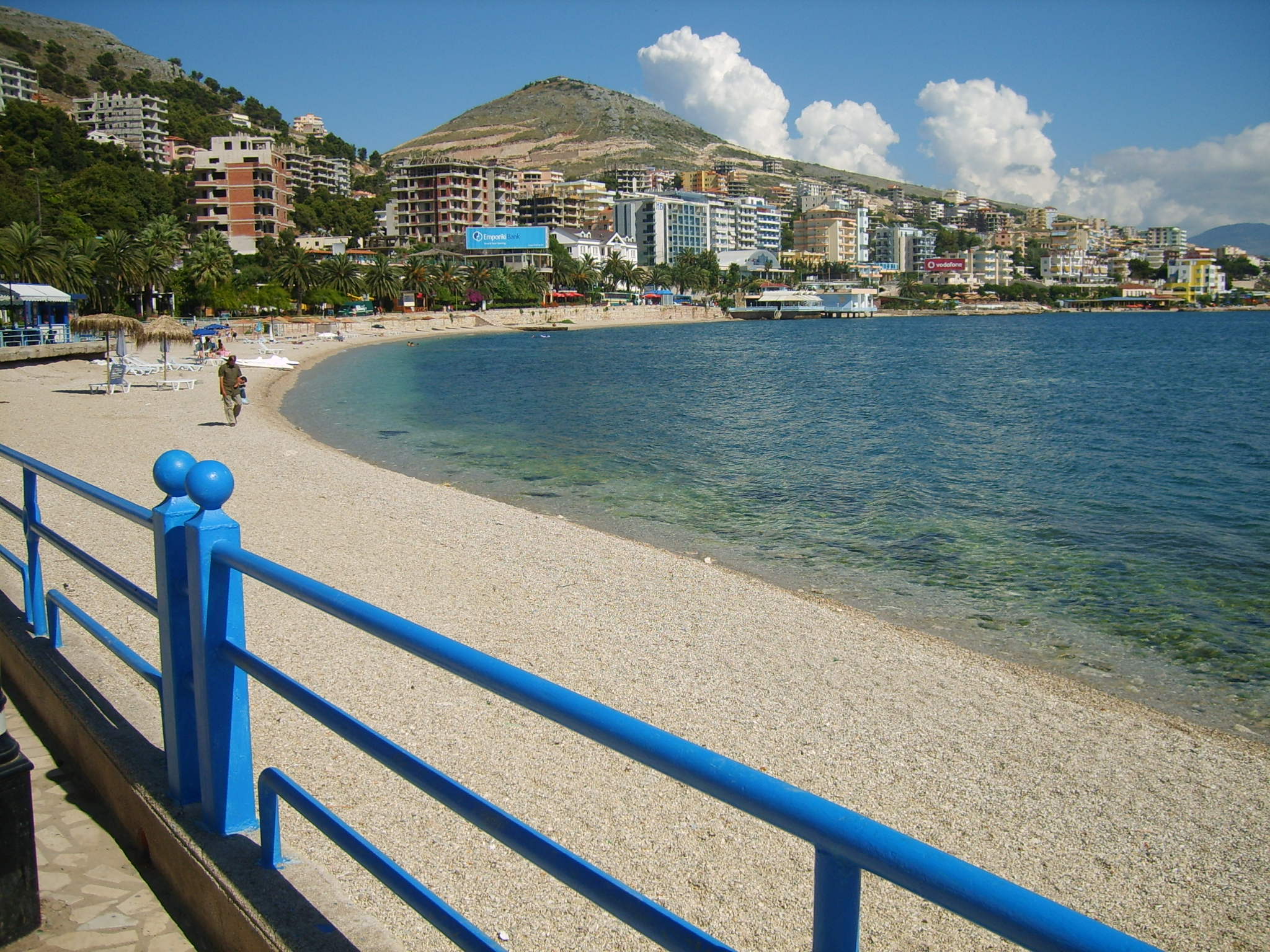
The beach at Sarande
Situated on the Adriatic and Ionian Seas and sharing borders with Greece, Kosovo, Macedonia and Montenegro, with Italy just across the Adriatic, Albania offers turquoise blue seas, beautiful beaches, rivers, lakes and forests backed by snow-capped mountains. All this natural beauty complimented by the friendliness of Albanians themselves; and backed up by Albania’s mild Mediterranean climate. It rarely gets cold in the lowlands and on the Ionian Coast in particular temperatures between 8–10ºC (46–50ºF) are achieved, even in winter.
A quick drive along the seafront showed Sarande as a small but rapidly expanding town sandwiched between high mountains and the Ionian Sea. Other than enjoying its nice seaside ambiance, there is little of note within its boundaries, but a short drive away is the sensational archaeological site of Butrint.
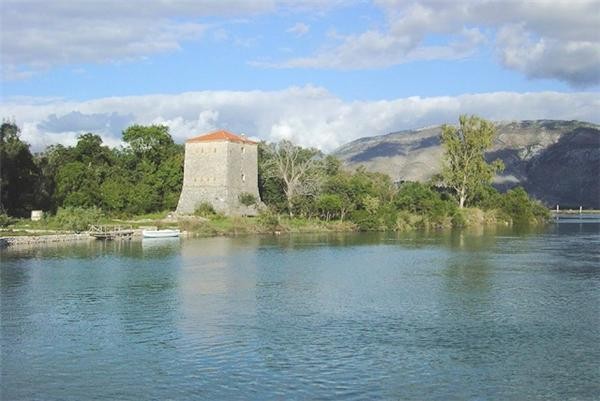
The Venetian Tower at Butrint
The city of Butrint, which was awarded UNESCO World Heritage listing in 1992, was a major part of Albania's ancient cultural landscape. It is surrounded by dense vegetation and visiting the site does require some agility and stamina but it is well worth the effort. Butrint reached its zenith in the 4th century BC, when the city boasted a population of around 10,000.
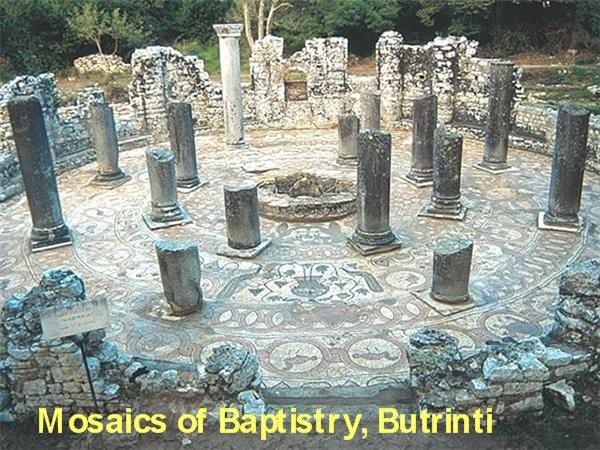
By now I had realized that the green sports car was not the best vehicle in which to be driven around Albania. The roads, if not under reconstruction, were in a very poor state and the low slung chassis of my transportation required many deviations around pot holes and muddy gullies. Despite this we succeeded in making our way to the seaside town and port of Durres.
Durres is one of Albania’s oldest cities and the country’s main seaport. Following a great number of earthquakes, most of the ancient city sank into the sea or collapsed and has subsequently been built over. Bordering the Adriatic Sea, it claims the largest and most popular beach in Albania. As in Sarande, a flurry of hotel construction was taking place.

The Orthodox Church in Durres
One of the biggest monuments to survive the earthquakes was the Roman amphitheatre. This was built in the 2nd century AD, during the reign of Emperor Adrian, and could seat 15,000 people. The amphitheatre also contains an early Christian crypt with a rare wall mosaic. Durres also boasts an Archaeological Museum, which shows how the ancient city may have looked before the quakes.

The statue to Albania's national Hero, Skanderbeg.
After a brief visit we travelled the 32 kilometres inland to Albania’s capital city, Tirana. It is an ancient city built on the site of a Byzantine fortress, located right in the centre of the country. It is 113 metres (370 feet) above sea level and sits between the Ishm and Erzeni rivers. Downtown Tirana was designed by Italian architects during the Mussolini period. The main boulevard, Dëshmorët e Kombit (Martyrs to the Nation), was constructed in 1930. Skanderbeg Square, in the city centre, was built between 1928–29 and sports a fine equestrian statue of Skanderbeg, Albania’s national hero, commemorating the 500th anniversary of his death.
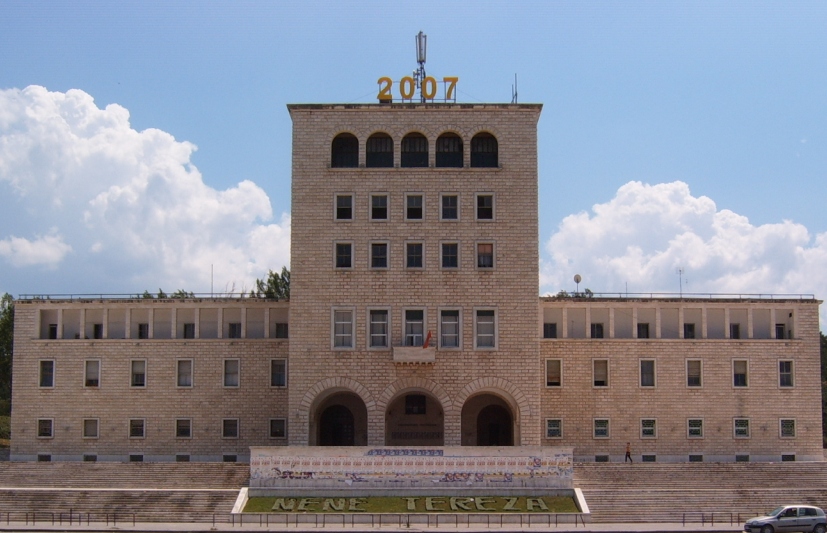
The University in Tirania
The National Historical Museum is a must, as it houses collections explaining the complexities of Albanian life, as well as exhibits of the country’s long and varied history. There is an impressive mosaic on the front of the museum showing ancient Illyrians, Albanian nationalists and freedom fighters. Other important buildings to see in Tirana include the Palace of Congresses, the International Centre of Culture, the Palace of Culture, the Theatre of Opera and Ballet, and the Sky Tower and there are parks scattered around the city.
Tirana by night I found to be a bustling city, one offering revelers an interesting selection of restaurants, bars and nightclubs in which to enjoy Albanian hospitality.
I left Albania, the former home of Mother Teresa, to head north into Croatia carrying with me the impressions of a nation working hard to shed its difficult political past. It wants to join the 21st century as fast as possible and is doing so with enthusiasm and a friendly face.
I am happy to report that the latest information is that the main coastal highway from Sarande to Durres is complete.
GETTING THERE
For visitors preferring to fly to Albania, Mother Teresa International Airport is located 17 kilometres (10 miles) northwest of Tirana. A shuttle bus service operates between the airport and Skanderbeg Square in Tirana; it departs every hour on the hour and costs approximately 2 Euros. There is also a taxi service available and the fare into the city is around 20 Euros. For independent travelers without access to an impressive green sports car Albanian railways offer three main routes: the first is from Tirana heading north, the second from Tirana heading south and then east towards Macedonia and the third from Tirana going south through Durres. The price of train travel is cheaper than buses or taxis, however, trains are considerably slower. There is a good network of private bus and coach services connecting the major towns and cities within Albania
The currency in Albania is the Lek, however Euros and US Dollars are widely accepted. For latest exchange rates, visit www.xe.com.
For more information on Albania visit www.albaniantourism.com
You may also like to read
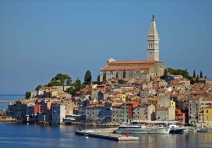
CROATIA, ISTRIA
Tour-smart introduces you to Istria, Croatia's best kept gourmet secret
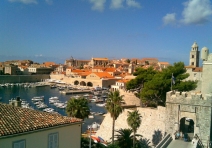
CROATIA - DALMATIAN FOOTSTEPS
Tour-smart's Editor Anna introduces us to the charms of the Dalmatian coast in her travel through four countries.



Comments